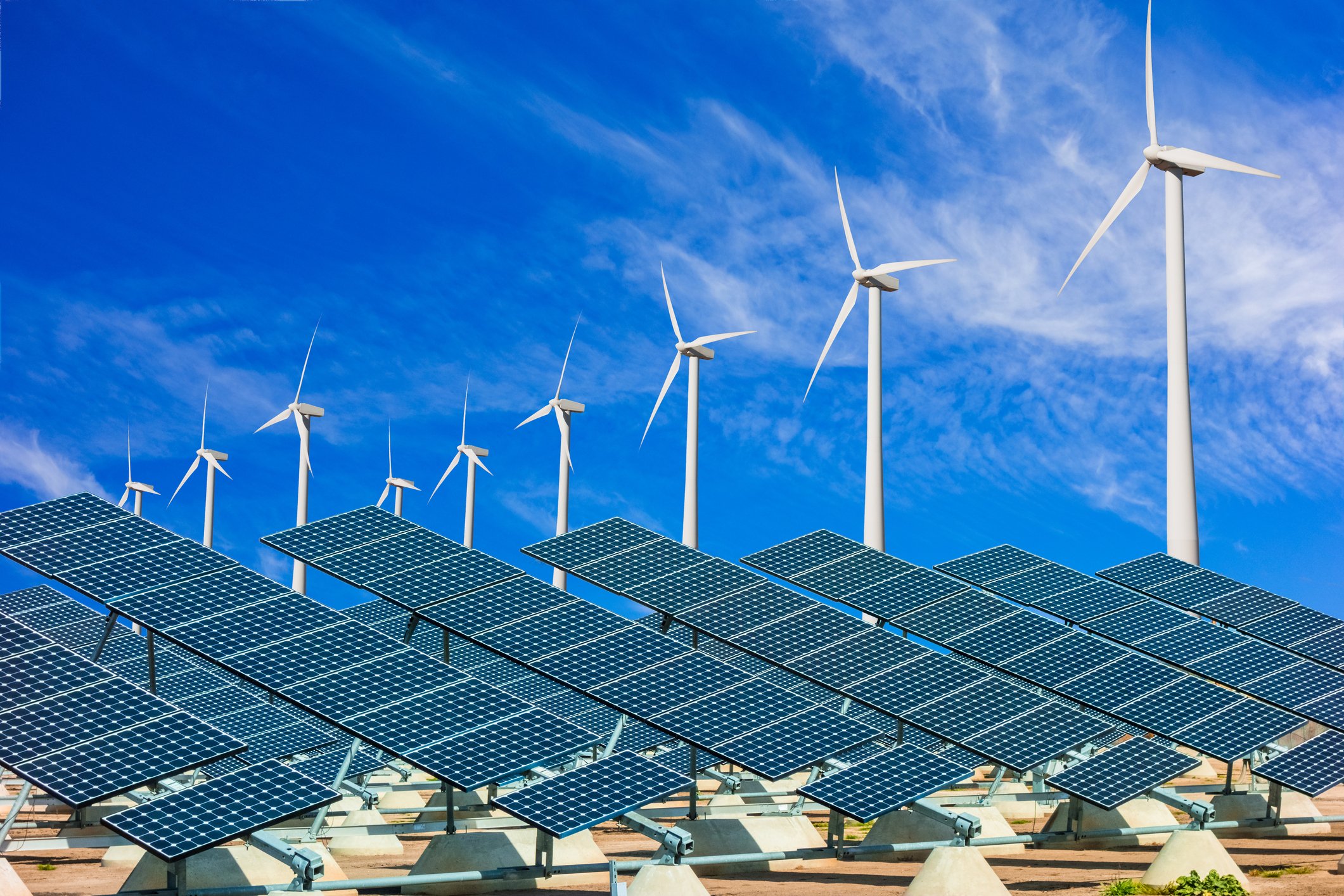Dominion Energy (D +1.50%) hit a major legal wall as it sought to complete a big capital project. It was a long, drawn-out fight that went all the way to the Supreme Court, but the battle is now over. Here's what happened and what it means for Dominion's multibillion-dollar Atlantic Coast Pipeline project.
The project and the fight
To simplify things a bit, natural gas has increasingly been used to replace coal in the nation's electric power grid. It's a cleaner-burning fuel, and considered a transition energy source as the world shifts toward less carbon-intensive power. But the real push was economic, since building and operating a natural gas power plant has been very cheap lately because of low fuel costs.

Image source: Getty Images.
The problem is that you can easily put coal on a truck or boat, you need pipelines to transport natural gas from where it's dug up to where it gets used. Building a pipeline is not an easy thing. That's been a problem for Dominion, which has material operations on the East Coast -- an area of the country with limited access to natural gas. The Atlantic Coast Pipeline, a project it is working on with similarly situated utility peer Duke Energy (DUK +0.59%), was meant to fix that. It's a 600 mile underground pipeline running from West Virginia, through Virginia, and ending finally in North Carolina. That's a lot of ground to cover, especially since environmentalists were searching every inch for a reason to stop the project.
An opportunity to stymie the pipeline arose because it was scheduled to pass beneath the Appalachian Trail. The dispute, which was a bit arcane, traveled all the way to the Supreme Court. The question was what legal entity got to decide whether the crossing, which represents just about 1/10th of a mile, was approved. Dominion said the U.S. Forest Service had the right to make the call, and the court agreed. This was the biggest obstacle facing the project, and now it's gone.
Now what happens
The easy next step is that Dominion puts a pipe under the Appalachian Trail. However, there's still a lot more work to be done. To put a timeline on it, the company expects to have the pipeline completed by the first half of 2022. That means there's roughly two years to go before the project is in service.
Along the way it needs to get additional approvals. It should get news from the U.S. Fish and Wildlife Service any day now. Note that the goal was a first half of 2020 approval, which appears to have been missed. In the second half of the year, Dominion is expecting key approvals from the Virginia Air Control Board. And it's also working with the U.S. Army Corps of Engineers on additional permits. There will be environmental groups at every step of the way fighting against the pipeline. The pushback isn't expected to be as big an issue on any of these approvals.
Although the delays related to the Supreme Court case increased costs about 17% (roughly $1 billion), the company's most recent update on the project held the final tally steady at $8 billion. Still, there are some time-sensitive issues involved. For example, the permit from the U.S. Army Corps of Engineers will dictate whether Dominion can remove trees during a multimonth window that starts in November 2020, or if it will have to wait until, perhaps, November 2021 to begin the process. Obviously, if that approval is delayed, the project's completion date could get pushed back and costs will go up.
A big win, but not done yet
Dominion's Supreme Court win was a huge relief. If it had lost the case, there were other avenues to travel down, but they would have been even more complicated and time-consuming. For now, however, this multibillion-dollar project is back on track, which is very good news for Dominion and its shareholders. That said, the Atlantic Coast Pipeline is far from complete. With that giant hurdle behind it, investors can breathe easier, but it's still important to keep an eye on the project's progress even as the company's newer, clean-power capital investments start to grab headlines.







